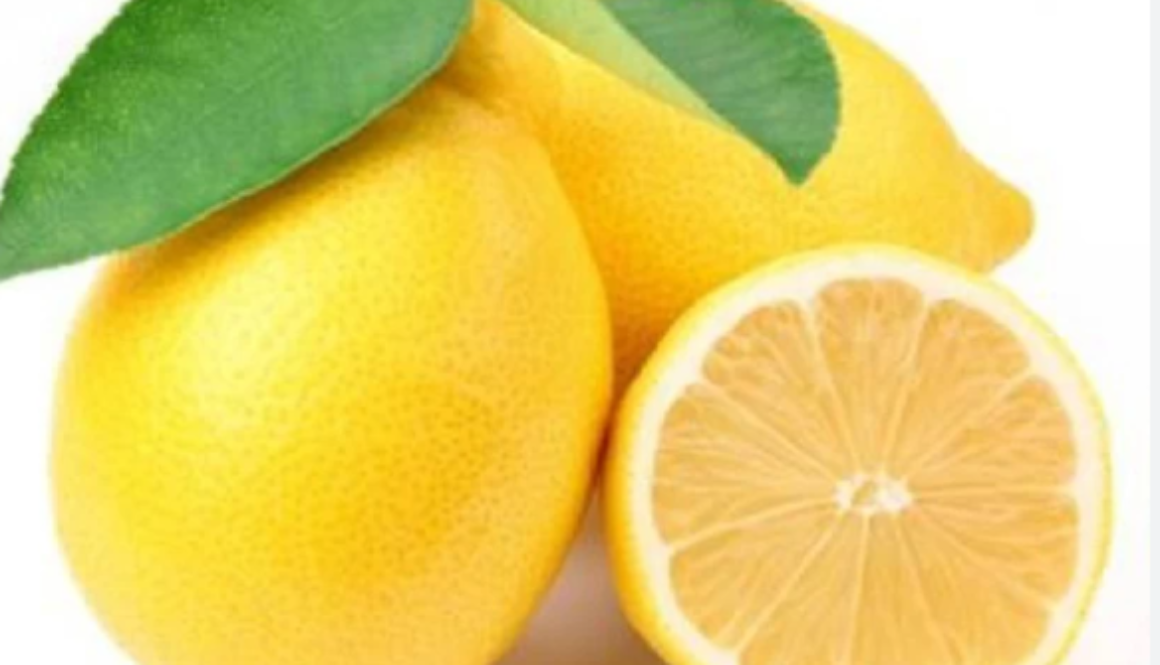NIMBU
CLIMATE: Lemons grow best between a temperature range of 13°C to 37°C. High humidity Favours spread of many diseases and frost is highly injurious to these plants. Hot wind during summer results in desiccation and drop of flowers and developing fruits.
SOIL: Lemons can grow in a wide range of soils, viz., from sandy loam or alluvial soils to clay loam or deep clay loam or in lateritic/acidic soils. The plant flourish well in light soils with good drainage properties and in deep soils with pH range of 5.5 to 7.5.
PROPOGATION AND PLANTATION: The best propagating technique for lemons is through rootstocks. For grafting the budwoods into the rootstocks, the selection shall be from disease free mother plants only.
For preparation of the seedlings, primary nursery beds may be prepared on light fertile soils. Secondary nursery seedlings may be raised in polythene bag and replanted after attaining the height of about 30-40 cm, which generally takes one year.
The best season for planting is June to August. 1m3 pits at a distance of 6 x 6 m should be dug for plantation. 15-20 kg of farmyard manure and 500 g of super phosphate needs to be applied in pits while planting per ha land.
PLANT PROTECTION: The plants shall be grown without chemical fertilizers and use of pesticides. Organic manure and pesticide are recommended.
IRRIGATION: Lemon plants require critical stage watering in the initial year. It reduces fruit drop and increases the fruit size. Diseases like root rot and collar rot occur in flooded conditions. Light irrigation with high frequency is beneficial. Irrigation water containing more than 1000 ppm salts is injurious.
HARVESTING: Lemons take 150-160 days for maturity, hence the fruits may be harvested 2-3 times in a year from one lemon tree.
USES
The lemon fruit is rich in Vitamin C which helps the body to fight off infections, to boost up immunity, to improve digestion, removes constipation and prevents or treat scurvy, soar throats, heavy weight, rheumatic conditions etc. It also has many skins caring properties.
The fruits can be eaten raw, and are frequently used in cooking, aromatherapy. The dried fruit rind is used as an insect repellent in the clothes cupboard, the juice is used for polishing metals, as wells as to remove ink stains for bleaching.

